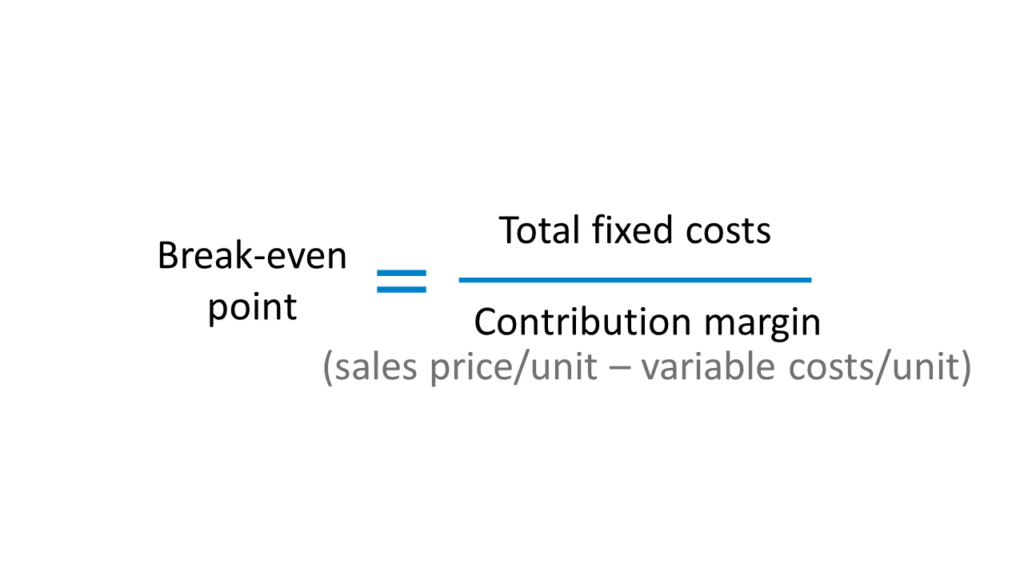2A: Step 1 – Selecting and evaluating your business idea
Finding a Good Business Idea
Brainstorming for good, original business ideas can be hard for some. Unless your idea is truly innovative, you will likely find competitors already operating in that space. This is not necessarily a bad thing. It can be an indication there is a market for your product/service and one that is big enough for another company like yours to claim a share. With existing competitors, you can gain an advantage by observing and imitating what they do well and then adding your unique twist offering something different that your target market would value.
A good business idea:
-
Solves a problem
-
Finds a category lacking innovations
-
Looks for new trends
-
Makes a more affordable/better quality version of an existing product
-
Fulfills a need
-
Makes people’s lives easier
If you are starting from a blank slate and looking for good ideas, consider researching recent consumer trends. Venturing into an emerging trend can feel daunting because it’s newer and the market is still playing catchup. However, with fewer competitors, it might improve your chances of standing out and succeeding.
As you look for ideas, your aim is to find a good problem/solution fit. You want to confirm whether you are solving a meaningful problem and whether or not people are willing to spend money on what you have to offer. In the following video, watch to find out how entrepreneur Missy MacKintosh identified a gap in the market and used her experience as a make-up artist to launch her own line of cosmetic products.
Determining Whether a Business Idea is Viable
It’s time to take your ideas and determine if one has a chance to succeed in turning a profit and/or helping people. Begin by answering the following 6 questions:
-
What is your customer profile?
-
What are the features and benefits of your products and services?
-
Who are your competitors?
-
What price do they charge?
-
What price can you charge?
-
What is your Unique Selling Point (USP)?
We’ve created a useful worksheet for download. There are 20 questions in total and it includes the 6 questions above. You might not be able to answer all of the questions in the guide or your answers may be incomplete at this time but it is still a worthwhile exercise as it forces you to examine your business idea from different angles. To download the ‘Evaluate Your Business Idea Guide‘ worksheet, please go to the Material section at the top of this page.

Unless you intend to start a not-for-profit, your goal is to make your business idea profitable. In order to determine profitability and viability, complete a break-even analysis to find out what your break-even point is. In other words, you will want to know how many widgets to sell or services to provide to cover your total costs (a combination of fixed and variable costs). Anything you sell beyond this point, you get to retain as profits. Let’s look at three key terms:
- Fixed costs – are constant and not affected by the level of production output.
Examples: rental lease payments, salaries, insurance, property taxes, etc. - Variable costs – vary depending on the level of production output.
Examples: direct labor costs, cost of raw materials in production, sales commission, etc. - Contribution margin – is the difference between sale price/unit minus variable costs/unit. Once you determine this number for each product/service you produce, you can work out how many need to be sold in order to cover your total fixed costs, or your break-even point.

For example WestCoast Coffee Roaster Inc:
| Monthly Fixed Costs | |
|---|---|
| Rent | $2500 |
| Salaries | $1500 |
| Total Fixed Costs | $4000 |
| Variable Costs/ kilogram | |
|---|---|
| Cost of goods sold | ($3) |
| Supplies | ($1) |
| Sales Commissions & Admin | ($1) |
| Sale price/ kilogram | $8 |
| Contribution margin/kilogram | $3 |

In the fictitious example above, this company would have to sell about 1333 kilograms of coffee per month just to break even ($4000/$3). If selling 1333 kilograms of coffee per month seems like a lot, other adjustments can be made to arrive a the break-even point like lowering the monthly fixed rent to $2000/month by selecting another location. Instead of using certified organic beans, this company could lower the cost of goods to $2/kilo by using regular coffee beans. Based on market research, this company might decide to increase its sale price because no one else in the market is offering certified organic coffee beans, something consumers want and are willing to pay for.
The example doesn’t account for capital investments like machinery and office equipment.
We created a simple break-even spreadsheet for download to help you determine your break-even point. To download the ‘Break-even spreadsheet‘, please go to the Materials section located at the top of this page.
After completing this exercise, you can estimate the number of paying customers required in order to break even. In the next topic, we will learn how to search for data to approximate the size of your target market.